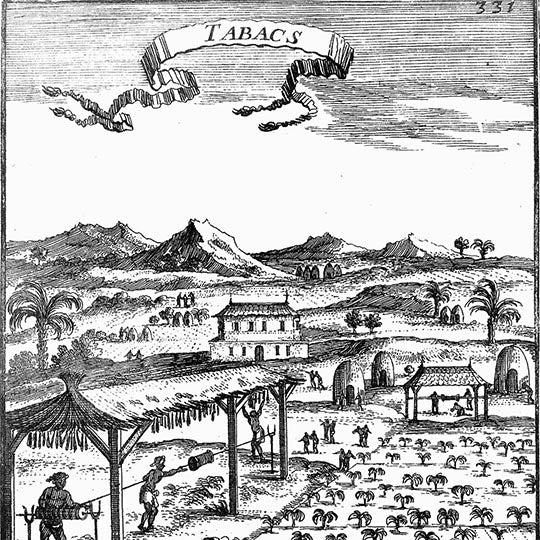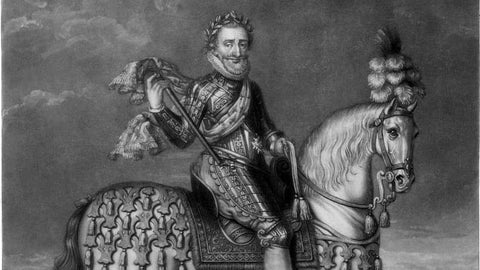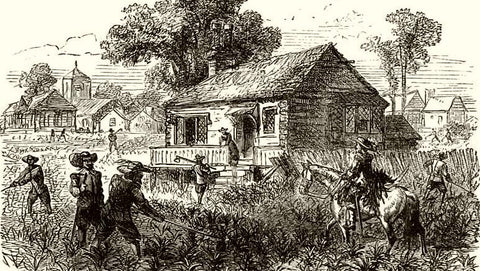
Tobacco Growing in France
Share
Tobacco was first introduced to France in the mid-16th century, during the reign of King François II. At the time, the French were seeking to establish their own colonies in the New World, and they hoped that tobacco would become a valuable commodity that could be grown in these colonies and exported back to France.
The first tobacco plants were brought to France from the Spanish colony of Santo Domingo, which is now part of the Dominican Republic. The plants were initially grown in the royal gardens at Fontainebleau, and they quickly became a curiosity among the French aristocracy.

It was not until the reign of King Henry IV in the late 16th century that tobacco cultivation in France began in earnest. Henry IV was a strong supporter of tobacco cultivation, and he encouraged French farmers to grow the crop by offering them incentives and tax breaks. One reason was that he believed that tobacco could become a valuable commodity that could be grown in France's colonies in the New World and exported back to France. This would help to increase France's economic power and reduce its dependence on imported tobacco from Spain and Portugal.
In addition, Henry IV was interested in promoting the use of tobacco for its perceived medicinal properties. At the time, tobacco was believed to have a range of health benefits, including the ability to cure toothaches, headaches, and other ailments. Henry IV was also a heavy smoker himself and is said to have smoked several pipes of tobacco a day.
Finally, Henry IV saw tobacco cultivation as a way to boost the French economy and create jobs for French farmers. He offered incentives and tax breaks to farmers who were willing to grow tobacco, and he encouraged the establishment of tobacco plantations throughout the country.

Overall, Henry IV's support for tobacco cultivation helped to establish France as a major producer and consumer of tobacco in the 17th and 18th centuries. Despite the health risks associated with smoking, tobacco remains an important part of French culture and society today.
Despite these efforts, tobacco cultivation in France was slow to take off. The climate and soil conditions in France were not ideal for growing tobacco, and many farmers struggled to produce high-quality crops. In addition, the French government imposed heavy taxes on tobacco, which made it difficult for French tobacco growers to compete with tobacco imported from the New World.
Despite these challenges, tobacco cultivation in France continued throughout the 17th and 18th centuries. Today, tobacco is still grown in some parts of France, although the country is primarily a consumer of imported tobacco.
